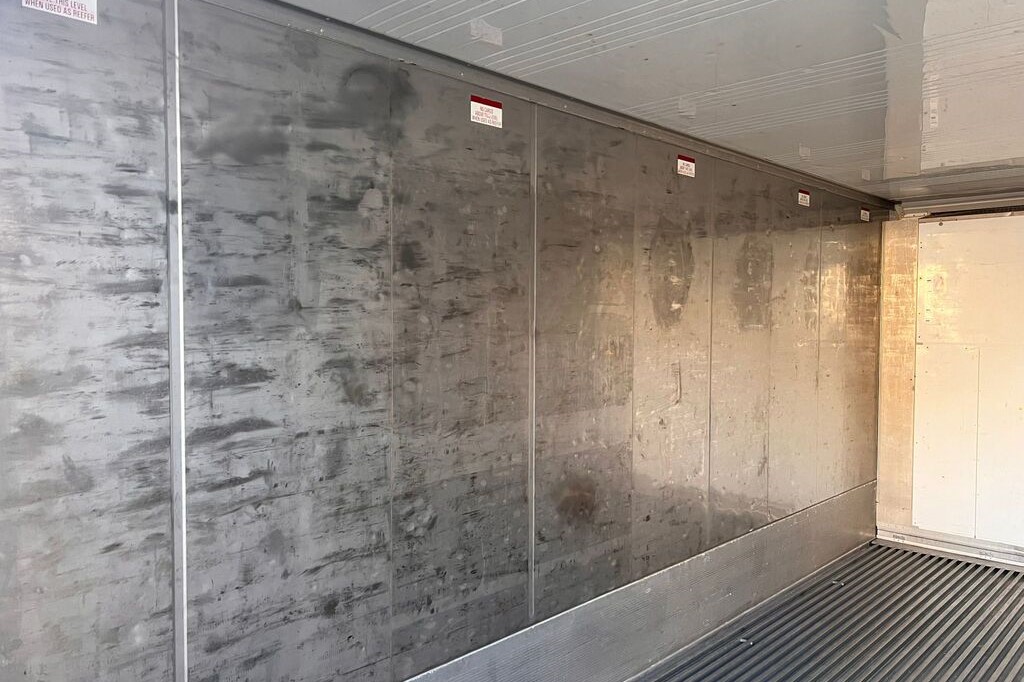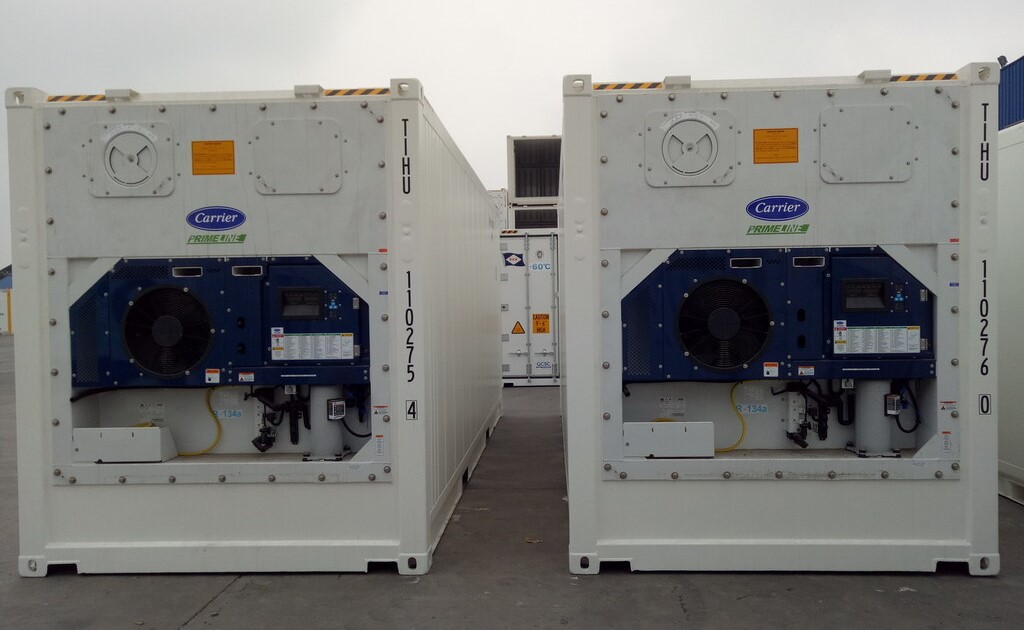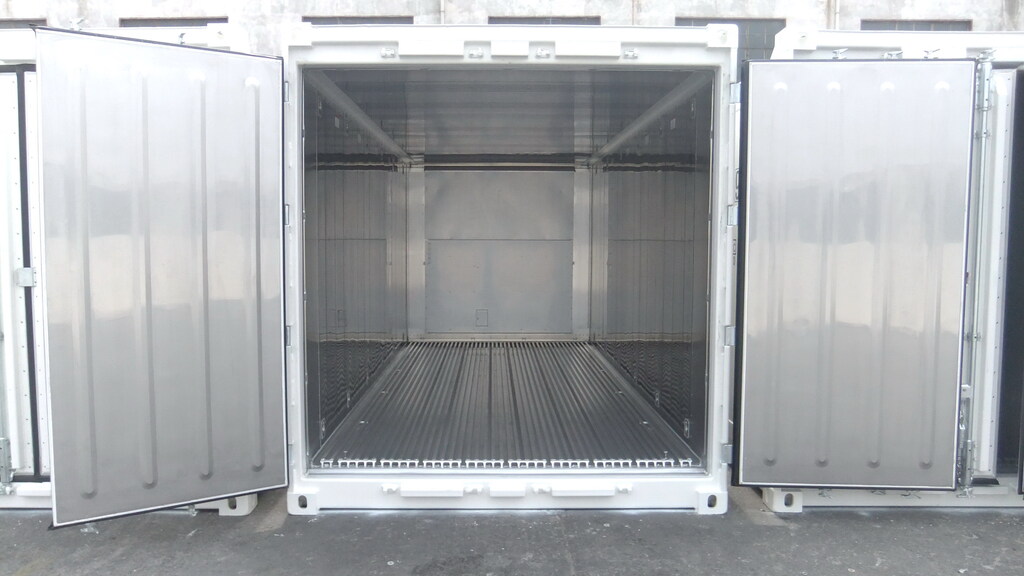When people must store and ship perishable goods, the common solution is to use reefer or refrigerated containers. Why?
It’s because they have refrigerator machines that can keep the temperature inside the container stable with a range from -30°C, -35°C, -40°C to -70°C.
The use of reefer containers as cold storage or reliable shipping containers is the key to the success of a business in expanding its market share.
Perishable goods become easier to distribute to various parts of the world, without reducing their quality at their destination.
Therefore, proper maintenance of reefer containers must be routinely applied so that the unit can be used optimally. To know the dos and don’ts in maintaining a reefer container, find out in this article!
The Do’s of Reefer Container Maintenance

Keeping a reefer container well-maintained is essential to ensure it stays durable, efficient, and reliable for transporting or storing temperature-sensitive goods. Here’s a practical guide to reefer container maintenance:
Pre-Travel Testing
It is crucial to carry out thorough maintenance and inspection on the reefer container engine before loading and driving it.
To ensure that the customer’s cargo is safe until it reaches its destination, the maintenance process is carried out through several stages, including maintenance, modification, and repair.
Cleaning the unit must also be done to prevent odors and remove dirt that sticks. Before traveling, maintenance of the reefer container on the inside must be carried out, especially when transporting food.
After that, the temperature setting must be checked again to ensure the machine is functioning properly.
Replace Reefer Container Spare Parts If Damaged
The next reefer container maintenance is to replace the unit’s spare parts if damage occurs. If you buy a quality and ISO standard reefer container unit, then every part of the machine, down to the nuts, has been properly tested.
Replace spare parts that do not meet the original standards, because they have the potential to cause damage due to incompatibility with other machines.
Regular Cleaning (Inside & Outside)
After each use, wash the interior with non-corrosive cleaners to prevent mold, bacteria, or odor buildup. Rinse with water – don’t use high-pressure jets near electrical components.
Then, clean the exterior to prevent rust, especially on the roof and bottom rails.
Inspect the Refrigeration Unit
Clean the condenser and evaporator coils for dirt or ice regularly to avoid system strain. Monitor the compressor, fans, and belts for wear and tear. Then, make sure the airflow inside isn’t blocked by cargo.
Check Door Seals & Gaskets
Damaged seals mean the loss of cold air and higher energy use. Therefore, you need to inspect the rubber gaskets for cracks, gaps, or signs of mold.
If you find any of these signs, lubricate seals with silicone spray or seal conditioner to keep them flexible.
Test and Calibrate the Thermostat
Ensure the temperature control panel is functioning and accurate by testing the sensor calibration to prevent spoilage due to incorrect readings.
Monitor for Refrigerant Leaks
Low refrigerant = poor cooling performance. Call a technician to inspect and recharge refrigerant if levels drop and signs of leaks like ice buildup, irregular cooling, or compressor overwork appear.
Afterwards, have a refrigeration technician perform routine service every 6–12 months to ensure the container’s ideal performance.
Inspect Electrical Components
Check wiring, plugs, and connectors for signs of corrosion or wear. Confirm that alarms and control panels function correctly. Use a qualified technician for any electrical work.
Maintain Proper Airflow
Load cargo properly to allow airflow through the T-floor and avoid blockages by using pallets, and don’t overload the container.
Lubricate Moving Parts
Lubricate hinges, door latches, and handles regularly to avoid rust and seizing. Use marine-grade lubricants to resist moisture.
Check the Drainage System
Clear and inspect the drain holes to prevent water buildup inside. Blocked drains can cause moisture, mold, or freezing problems.
The Don’ts of Reefer Container Maintenance

Use Harsh Chemicals that Corrode Metal or Seals
We shouldn’t use harsh chemicals when cleaning or maintaining reefer containers because they can seriously damage key components of the container, especially the metal, seals, and refrigeration system.
Harsh acids or bleach-based cleaners can cause pitting, rusting, weakened structural integrity, and damage to protective coatings.
Over time, corrosion reduces the lifespan of the container and can lead to expensive repairs.
Overload the Container or Block the Airflow Channels
Overloading a reefer container or blocking its airflow channels may seem harmless, but it can seriously disrupt its ability to keep a consistent temperature and protect your cargo.
Reefer containers work by circulating cold air evenly through the interior, usually from under the floor (T-floor) and up through the cargo.
Blocking vents or overstacking pallets stops air from moving freely. This causes hot spots or uneven temperatures inside the container.
Moreover, if airflow is blocked, some areas may stay cold, while others become too warm. This can spoil food, medicine, or perishables even if the thermostat says it’s at the correct temp.
Ignore Small Issues – Early Repairs Save More Money Later
Ignoring small issues in a reefer container might seem harmless at first, but it can lead to major problems, higher costs, and cargo damage later on. A tiny refrigerant leak can lead to complete cooling failure.
Meanwhile, a cracked door seal can cause air leaks, forcing the system to work harder and fail sooner, and a slight temperature sensor misread can ruin an entire load of food or medicine before you realize it.
Conclusion
You need to maintain a reefer container to ensure it runs efficiently, protects your cargo, and lasts longer. With the best unit conditions, you can trust Tradecorp for your reefer container needs.
As one of the trusted providers that reliably presents various container units, Tradecorp offers the option to buy used or new containers, with the alternative of renting for short-term use. Fill out the contact form on our page to get the reefer container, and we will respond to your inquiry promptly.

